Beko washing machine door won't close
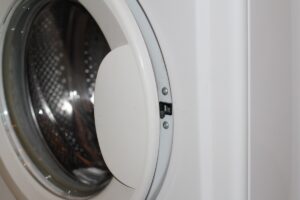 It’s a shame when things are loaded into the drum, the powder is poured in, and the wash is disrupted - the door of the Beko washing machine does not close. But there is no need to panic: you can deal with the hatch on your own. The main thing is to correctly identify the problem and quickly fix it. The door may not close for either mechanical or electronic reasons. Let's consider all possible options and figure out what to do in each case.
It’s a shame when things are loaded into the drum, the powder is poured in, and the wash is disrupted - the door of the Beko washing machine does not close. But there is no need to panic: you can deal with the hatch on your own. The main thing is to correctly identify the problem and quickly fix it. The door may not close for either mechanical or electronic reasons. Let's consider all possible options and figure out what to do in each case.
The door mechanics are acting up
If there are mechanical problems with the door, the Beko machine will not close at all. The hatch will not lock into the provided grooves or is completely pushed away from the body. In the latter case, it will seem that something is interfering with the lock, preventing the “clutch” of the mechanism. In any case, the characteristic click will not be heard, and the drum will remain open.
More often than not, door mechanics malfunction due to excessive load on the door. It is enough to slap it hard or hang wet laundry on it. Children's attempts to “ride” on the hatch also have a negative impact on door hinges. As a result, distortion or breakdown of various structural elements occurs.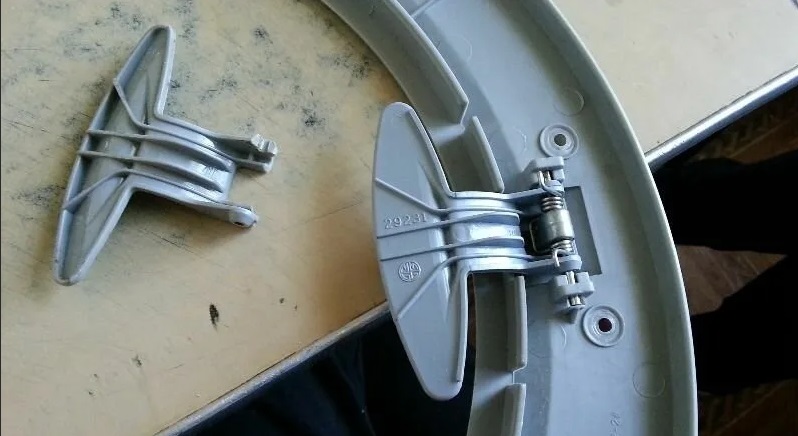
- Door misalignment. Over time, door hinges sag, especially if you constantly hang heavy laundry on the glass or slam the door hard. To restore balance, you need to adjust the position of the hatch and then tighten the fasteners. If the clamps are broken, you will have to replace them: dismantle the old ones and install new ones.
- Tongue displacement. The tongue is the “hook” inside the lock that holds the door closed. A special metal rod helps him in this. The latter often falls out, causing the entire stopper to shift.To return the elements to their original position, it is necessary to disassemble the door, find, open and repair the locking mechanism.
A sudden slamming of the Beko washing machine can cause the lock or door handle to break.
- Broken door handle. A broken door handle also prevents proper adhesion of the door to the body. Repair will not help here - only replacement.
- Problems with the guide. This is a plastic plate that, when the lock is activated, bends and clicks, locking into the groove. Over time, it wears out and breaks: the hook no longer holds, and the hatch does not close.
It is impossible to immediately determine why the washing machine does not close. It is necessary to sequentially check each element responsible for fixation. The instructions on what to do are as follows:
- turn off the power to the washing machine;
- open the hatch;
- explore the castle;
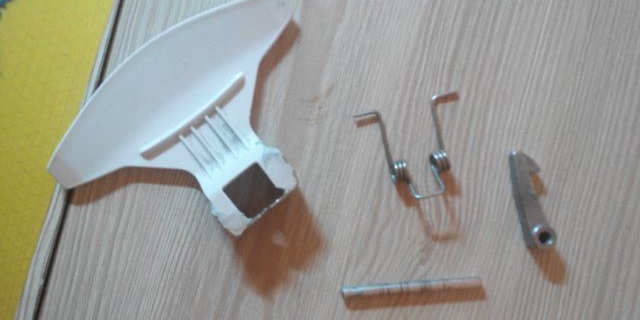
- unscrew the fasteners securing the door to the machine body (use a torx screwdriver);
- lift the door and remove it from the fasteners;
- assess the condition of the loop, tighten if necessary;
- loosen the screws holding the two halves of the door together;
- “halve” the door by prying the upper part with a flat screwdriver and pulling it towards you;
- examine the locking mechanism on the handle.
It is extremely difficult to find new components for a lock or door handle for a Beko washing machine, so it is not possible to repair the mechanisms - only replace them entirely. Without going to the store, only minor movements of the tongue, shaft or loops are corrected. The main thing is to act extremely carefully so as not to spoil other elements of the system. Otherwise, the situation will worsen, and you will have to call a specialist.
The lock does not perform its function
If the mechanical lock latches, but the wash still does not start, then there are problems with the UBL.The hatch locking device is activated automatically at the start of each cycle, further protecting the user from accidental opening of the drum during operation of the equipment. In the event of a breakdown, the blocker does not work; the Beko board detects the absence of a signal and, for security reasons, cancels the program.
Problems with UBL arise for a number of reasons:
- device clogged;
- blocker failure;
- manufacturing defects;
- loss of connection with the control board.
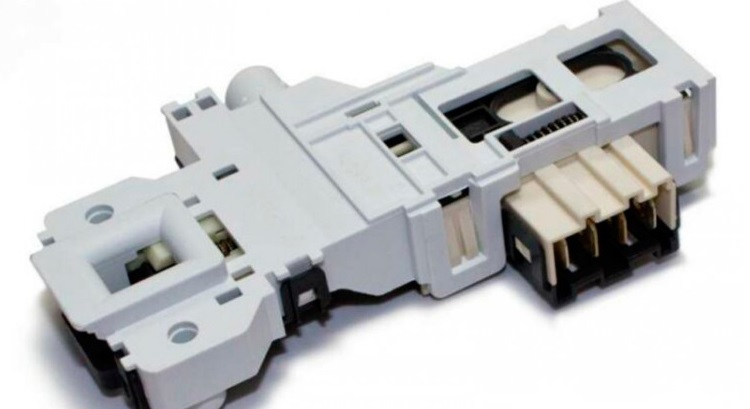
A clogged blocker can be easily returned to service. It is enough to dismantle the UBL, disassemble it and clean it of accumulated lint and dust. If the bimetallic plate in the mechanism breaks or a short circuit occurs, then replacement is indispensable.
The electronic lock on the Beko washing machine is not activated if the UBL fails or the control board is broken.
It's worse if the control board is broken. If the software fails, the microcircuits burn out, or the tracks and contacts are damaged, the UBL does not receive a blocking signal, the washing machine remains open. This situation can be caused by power surges, chaotic key presses on the dashboard, or a one-time technical glitch. To find out the cause and eliminate the consequences, you will have to carefully inspect the module, reprogram it and repair it. It is not recommended to deal with the electronic unit on your own - diagnostics of the “brains” should only be carried out by professionals.
We deal with the lock ourselves
You can deal with a broken lock at home with your own hands. It is not rational to immediately change the UBL - you should first make sure that it is faulty. The functionality of the blocker is checked using a multimeter.
To diagnose UBL, you need to remove it from the washing machine.The lock is located inside the machine, behind the front panel next to the door lock. To get to the device you need to:
- turn off the power to the washing machine;
- open the hatch door;
- find the outer clamp on the cuff and loosen it with a screwdriver or pliers;
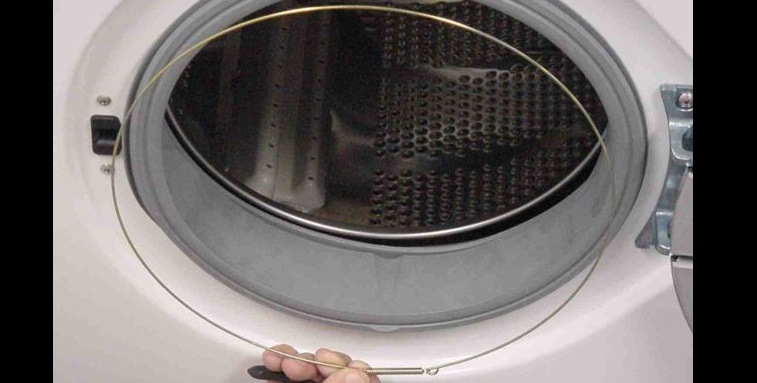
- tuck the cuff into the drum;

- find the UBL (it is located in the place where the door closes);
- unscrew the two screws where the lock hook touches the UBL;
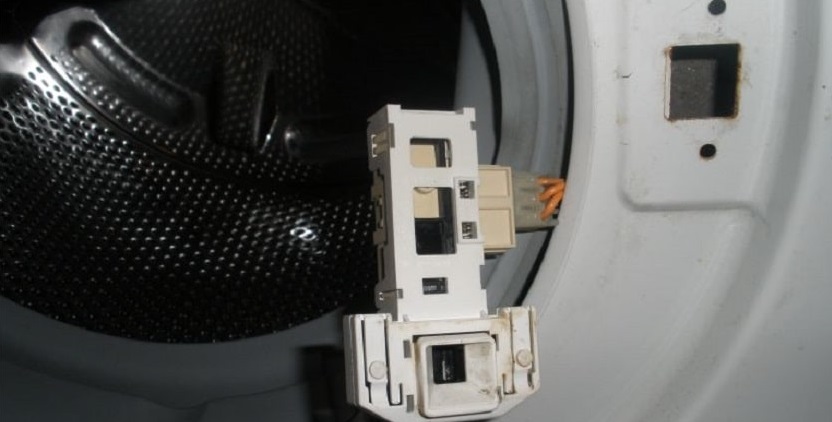
- disconnect the wiring connected to the device;
- remove the UBL from the machine body.
All of the above actions should be performed through the gap between the edge of the drum and the front wall of the washing machine. If the hole is too small, then you can try to reach the UBL from above. Remove the top cover and tilt the machine back. Then the tank will “unhook” from the end, and the hand will crawl to the blocker through the vacated 1.5-2 cm of space.
The next stage is testing the device. It is necessary to turn on the multimeter and measure the resistance at the UBL contacts. The main thing is to first study the electrical circuit of the interlock and find out where its phase, zero and general relay are located.. Then we proceed like this:
- turn on the tester in the “Resistance” mode;
- we connect the multimeter clamps to zero and phase;
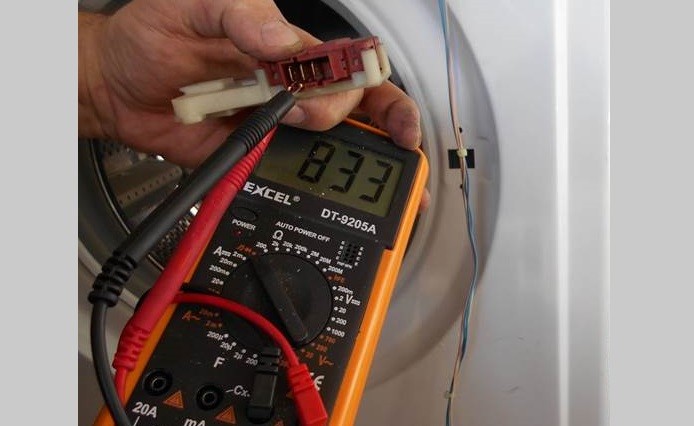
- measure the resistance (the norm is any three-digit number);
- move one of the probes from the phase to the common relay;
- look at the reaction of the multimeter (values “1” and “0” indicate a malfunction of the UBL).
The UBL cannot be repaired - only replaced with a new one.
If the hatch on the washing machine does not close, then the problem is in the lock, hinges, UBL or circuit board. To identify the cause and eliminate it, you will have to check everything from the list.
Interesting:
Reader comments
- Share your opinion - leave a comment
Categories
Washing machine repair


For buyers

For users

Dishwasher




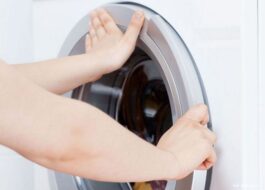

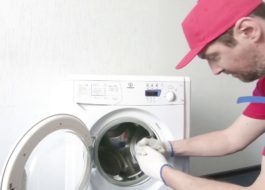










Add a comment